The Longest Day (film)
9.3 /10 2 Votes
92% Rotten Tomatoes Country United States | 7.8/10 IMDb 4.5/5 Amazon Genre Action, Drama, History Duration | |||||||||||||||||||||||||||||||||
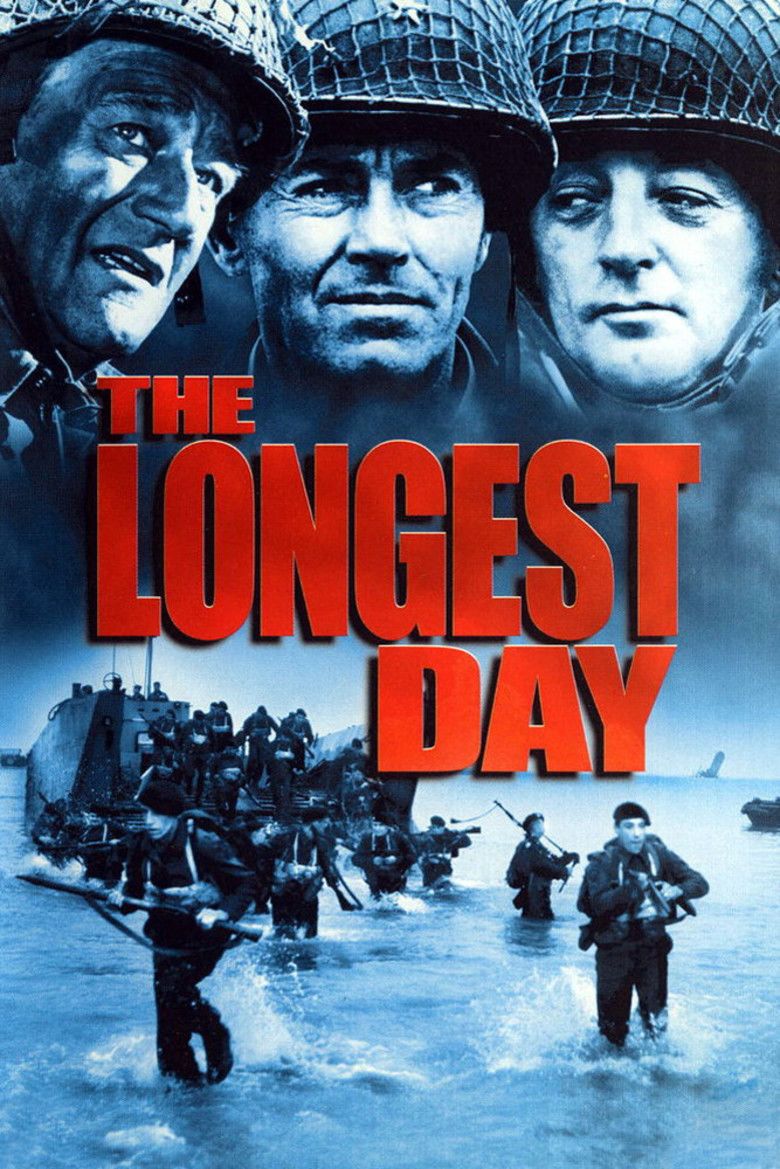 | ||||||||||||||||||||||||||||||||||
Language EnglishGermanFrench Director Ken Annakin (British & French exteriors)Andrew Marton (American exteriors)Bernhard Wicki (German episodes) Release date September 25, 1962 (1962-09-25) (France, U.S.)October 4, 1962 (1962-10-04) (Canada)October 23, 1962 (1962-10-23) (Germany, Mexico, UK) Writer Cornelius Ryan (screenplay), Cornelius Ryan (book), Romain Gary (additional episodes written by), James Jones (additional episodes written by), David Pursall (additional episodes written by), Jack Seddon (additional episodes written by) Initial release September 25, 1962 (France) Cast (Col. Benjamin Vandervoort), (Brig. Gen. Norman Cota), (Brig. Gen. Theodore Roosevelt jr.), (Pvt. Flanagan), (Flight Officer David Campbell), (Pvt. John Steele) Similar movies The Thin Red Line , Saving Private Ryan , When Trumpets Fade , None But the Brave , Too Late the Hero , Hell Is for Heroes Tagline This is the day that changed the world... When history held its breath. | ||||||||||||||||||||||||||||||||||
The longest day trailer
The Longest Day is a 1962 epic war film based on Cornelius Ryan's book The Longest Day (1959), about the D-Day landings at Normandy on June 6, 1944, during World War II. The film was produced by Darryl F. Zanuck, who paid author Ryan $175,000 for the film rights. The screenplay was by Ryan, with additional material written by Romain Gary, James Jones, David Pursall and Jack Seddon. It was directed by Ken Annakin (British and French exteriors), Andrew Marton (American exteriors), and Bernhard Wicki (German scenes).
Contents
- The longest day trailer
- The longest day 1962 contact
- Plot
- Development
- Filming
- Casting
- Release
- Awards and nominations
- References
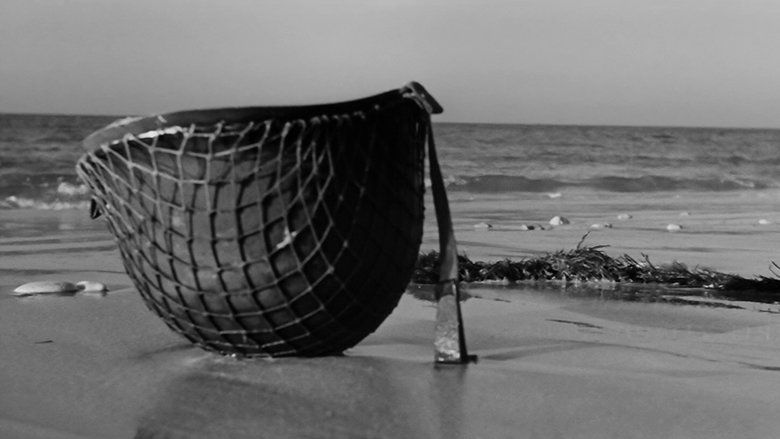
The Longest Day, which was made in black and white, features a large ensemble cast including John Wayne, Kenneth More, Richard Todd, Robert Mitchum, Richard Burton, Steve Forrest, Sean Connery, Henry Fonda, Red Buttons, Peter Lawford, Eddie Albert, Jeffrey Hunter, Stuart Whitman, Tom Tryon, Rod Steiger, Leo Genn, Gert Fröbe, Irina Demick, Bourvil, Curt Jürgens, George Segal, Robert Wagner, Paul Anka and Arletty. Many of these actors played roles that were essentially cameo appearances. In addition, several cast members – including Fonda, Genn, More, Steiger and Todd – saw action as servicemen during the war, with Todd actually being among the first British officers to land in Normandy in Operation Overlord and he in fact participated in the assault on Pegasus Bridge.
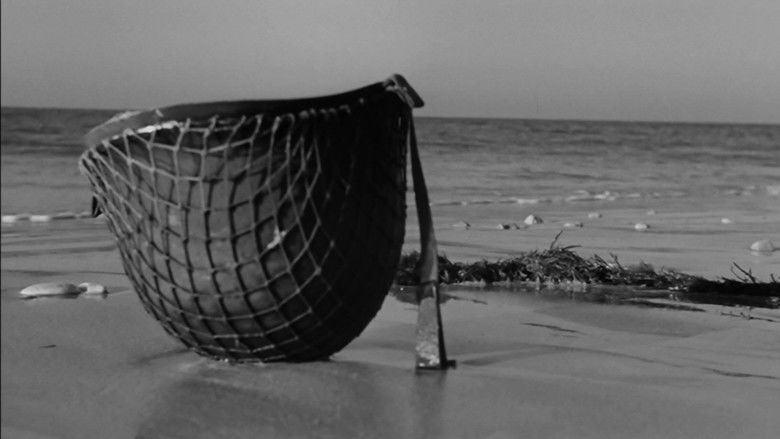
The film employed several Axis and Allied military consultants who had been actual participants on D-Day. Many had their roles re-enacted in the film. These included: Günther Blumentritt (a former German general), James M. Gavin (an American general), Frederick Morgan (Deputy Chief of Staff at SHAEF), John Howard (who led the airborne assault on the Pegasus Bridge), Lord Lovat (who commanded the 1st Special Service Brigade), Philippe Kieffer (who led his men in the assault on Ouistreham), Pierre Koenig (who commanded the Free French Forces in the invasion), Max Pemsel (a German general), Werner Pluskat (the major who was the first German officer to see the invasion fleet), Josef "Pips" Priller (the hot-headed pilot) and Lucie Rommel (widow of Field Marshal Erwin Rommel).
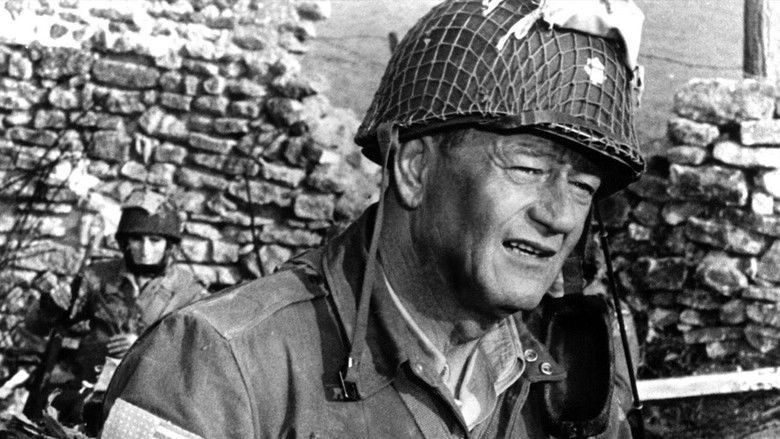
A colorized version of this film was released on VHS in 1994, the 50th anniversary of the invasion.
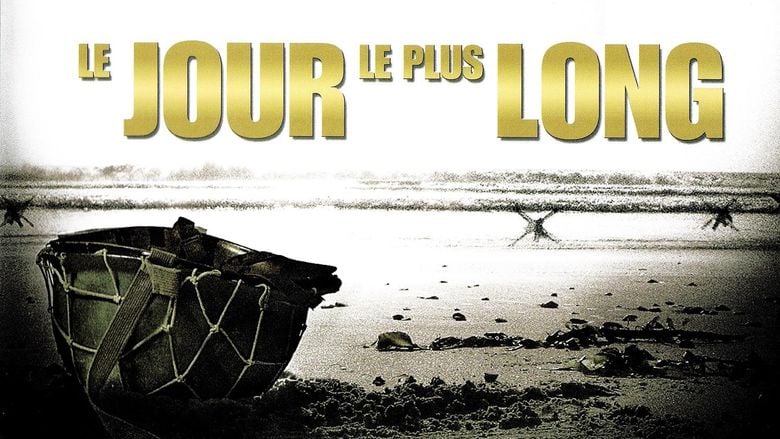
The longest day 1962 contact
Plot
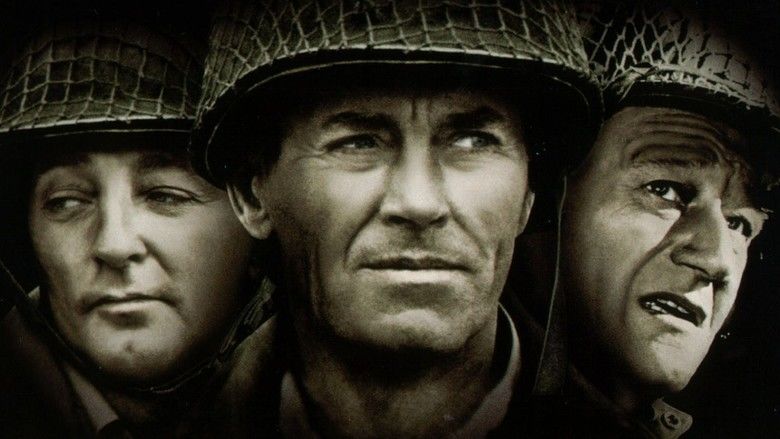
The movie is filmed in the style of a docudrama. Beginning in the days leading up to D-Day, it concentrates on events on both sides of the channel, such as the Allies waiting for the break in the poor weather and anticipating the reaction of the Axis forces defending northern France. The film pays particular attention to the decision by Gen. Eisenhower, Supreme Commander of SHAEF, to go after reviewing the initial bad-weather reports as well as reports about the divisions within the German High Command as to where an invasion might happen or what the response to it should be.
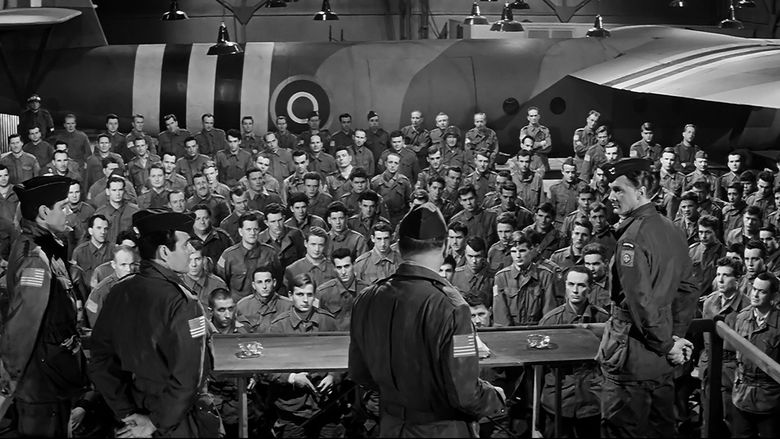
Numerous scenes document the early hours of June 6 when Allied airborne troops were sent in to take key locations inland from the beaches. The French resistance is also shown reacting to the news that an invasion has started. The Longest Day chronicles most of the important events surrounding D-Day, from the British glider missions to secure Pegasus Bridge, the counterattacks launched by American paratroopers scattered around Sainte-Mère-Église, the infiltration and sabotage work conducted by the French resistance and SOE agents to the response by the Wehrmacht to the invasion and the uncertainty of German commanders as to whether it was a feint in preparation for crossings at the Pas de Calais (see Operation Fortitude), where the senior German staff had always assumed it would be.
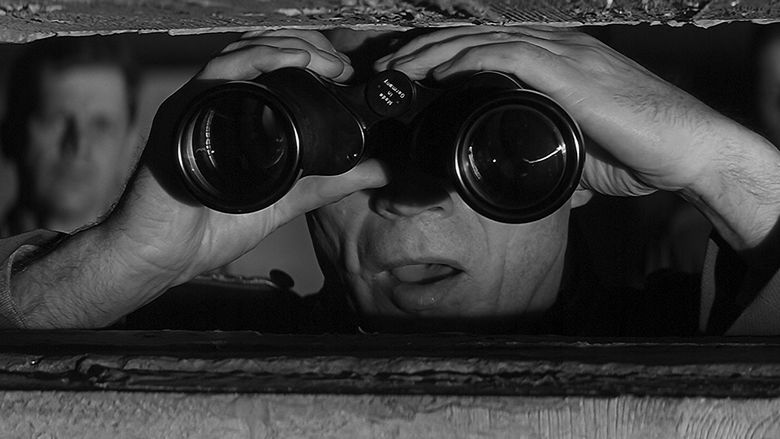
Set-piece scenes include the parachute drop into Sainte-Mère-Église, the advance inshore from the Normandy beaches, the U.S. Ranger Assault Group's assault on the Pointe du Hoc, the attack on Ouistreham by Free French Forces and the strafing of the beaches by two lone Luftwaffe pilots.
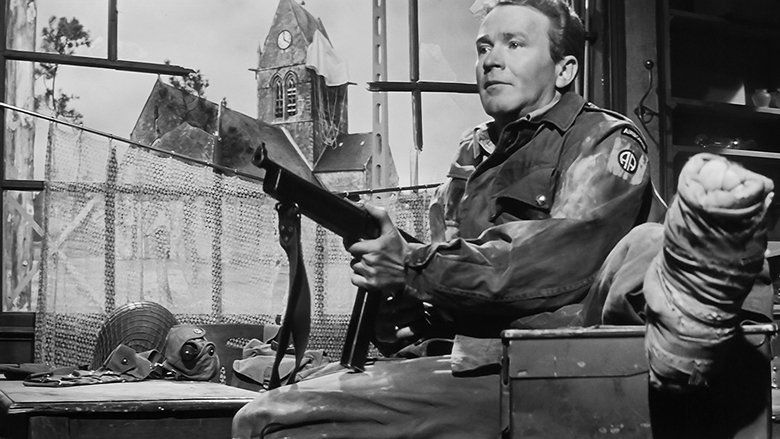
The film concludes with a montage showing various Allied units consolidating their beachheads before they advance inland to reach Germany by crossing France.
Development
French producer Raoul Lévy signed a deal with Simon & Schuster to purchase the filming rights to Cornelius Ryan's novel The Longest Day: June 6, 1944 D-Day on March 23, 1960. After finishing The Truth, Lévy set up a deal with the Associated British Picture Corporation and got director Michael Anderson attached. Ryan would receive $100,000, plus $35,000 to write the adaptation's screenplay. Lévy intended to start production in March 1961, filming at Elstree Studios and the English and French coasts. But the project went into a halt once ABPC could not get the $6 million budget Lévy expected. Eventually former 20th Century Fox mogul Darryl F. Zanuck learned about the book while producing The Big Gamble, and in December purchased Lévy's option for $175,000. Zanuck's editor friend Elmo Williams wrote a film treatment, which piqued the producer's interest and made him attach Williams to The Longest Day as associate producer and coordinator of battle episodes. Ryan was brought in to write the script, but had conflicts with Zanuck as soon as the two met. Williams was forced to act as a mediator; he would deliver Ryan's script pages to Zanuck, then return them with the latter's annotations. While Ryan developed the script, Zanuck also brought in other writers for cleanups, including James Jones and Romain Gary. As their contributions to the finished screenplay were relatively minor, Ryan managed to get the screenplay credit after an appeal to the Writers Guild arbitration, but the four other writers are credited for "additional scenes" in the closing credits.
During pre-production, producer Frank McCarthy, who had worked for the United States Department of War during World War II, arranged for military collaboration with the governments of France, Germany, the United Kingdom and the United States. Zanuck also realized that with eight battle scenes, shooting would be accomplished more expediently if multiple directors and units worked simultaneously. He contracted with German directors Gerd Oswald and Bernhard Wicki, the British Ken Annakin, and the American Andrew Marton. Zanuck's son Richard D. Zanuck was reluctant about the project, particularly the high budget.
Filming
Casting
Release
The film premièred in France on September 25, 1962, followed by the United States on October 4 and 23 for the United Kingdom. Given Fox was suffering with the financial losses of Cleopatra, the studio was intending for The Longest Day to have a wide release to reap quick profits. Zanuck forced them to do a proper Roadshow theatrical release, even threatening to sell distribution to Warner Bros. if Fox had refused to do so. The Longest Day eventually became the box office hit Fox needed, with $30 million in worldwide rentals on a $7.5 million budget.
There were special-release showings of the film in several United States cities. Participants in D-Day were invited to see the film with their fellow soldiers—in Cleveland, Ohio, this took place at the Hippodrome Theater.
Unique for British- and American-produced World War II films of the time, all French and German characters speak in their own languages with subtitles in English. Another version, which was shot simultaneously, has all the actors speaking their lines in English (this version was used for the film's trailer, as all the Germans deliver their lines in English). However, this version saw limited use during the initial release. It was used more extensively during a late 1960s re-release of the film.
The English-only version has been featured as an extra on older single disc DVD releases. As of August 2017, it is also available for viewing on Netflix.
Awards and nominations
References
The Longest Day (film) WikipediaThe Longest Day (film) IMDbThe Longest Day (film) Rotten TomatoesThe Longest Day (film) Amazon.comThe Longest Day (film) themoviedb.org
